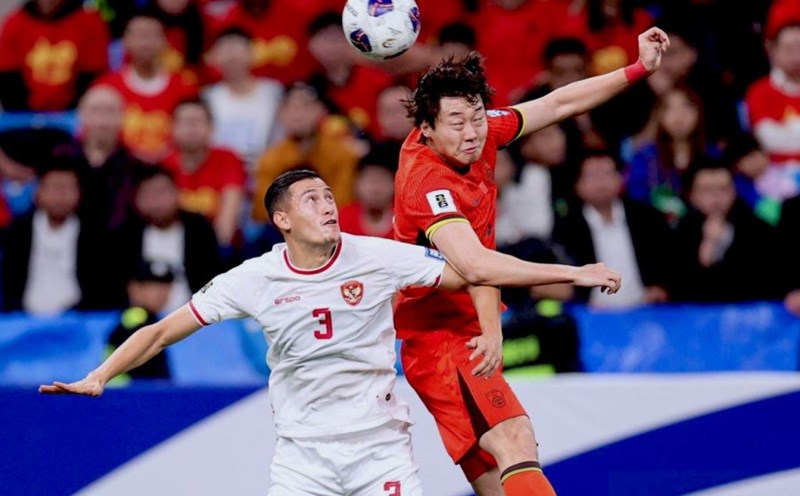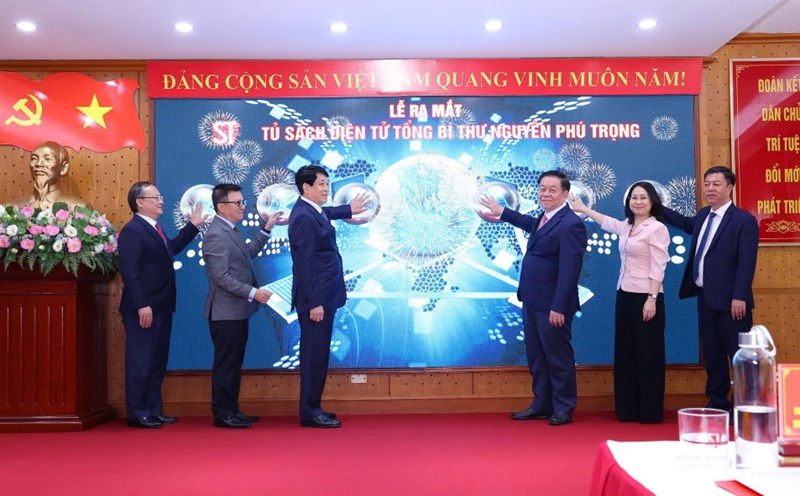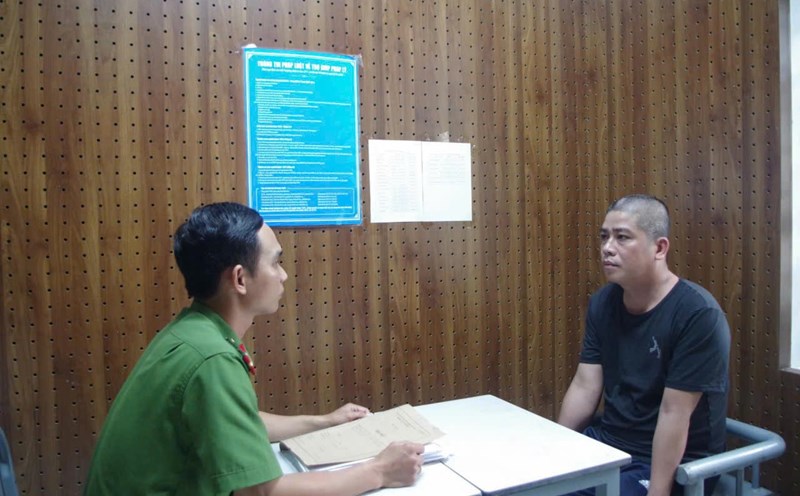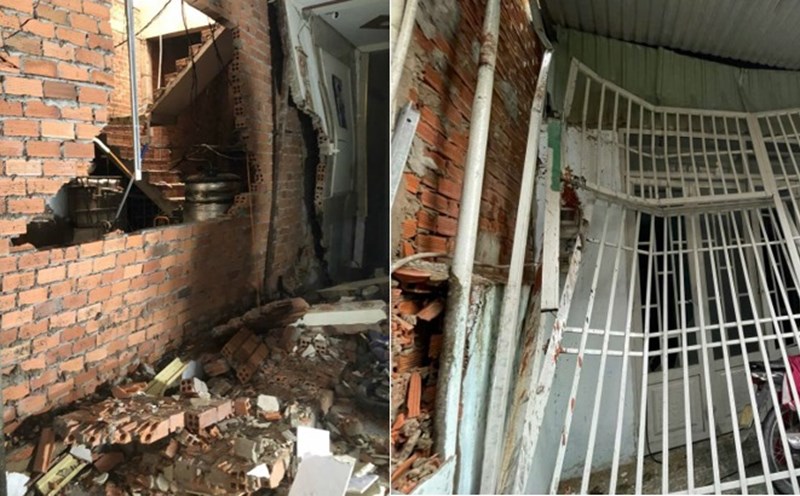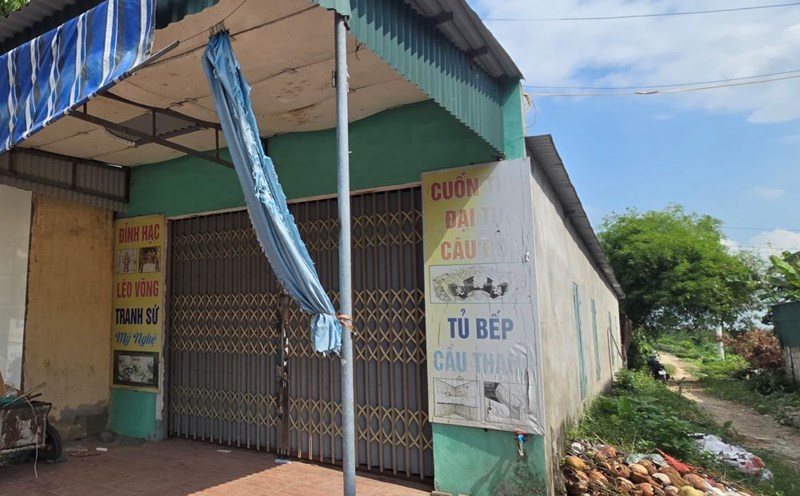A terracotta warrior with its arms facing forward to simulate the posture of holding reins and controlling a chariot attracts the attention of visitors at an exhibition in Xi'an, capital of China's Shaanxi province.
According to Xinhua, unlike the grey warriors whose paint layer was lost due to a chemical reaction that caused the paint to peel off after excavation, the sleeves of this terracotta warrior still retain their original paint layer.
The color of the terracotta warrior's sleeves, known as Chinese purple or barium copper silicate, was created through reactions involving azurite, malachite and other elements at temperatures of 1,000 degrees Celsius, said Ye Ye, deputy director of the exhibition hall of the Qin Shi Huang Mausoleum Museum in Xi'an.
"Chinese purple has yet to be found in nature, while this figurine is the earliest object with precise information about its age and excavation site that has this color. This color is still difficult to produce even with today's advanced technology, a testament to the wisdom of ancient Chinese people," said deputy director Ye Ye.
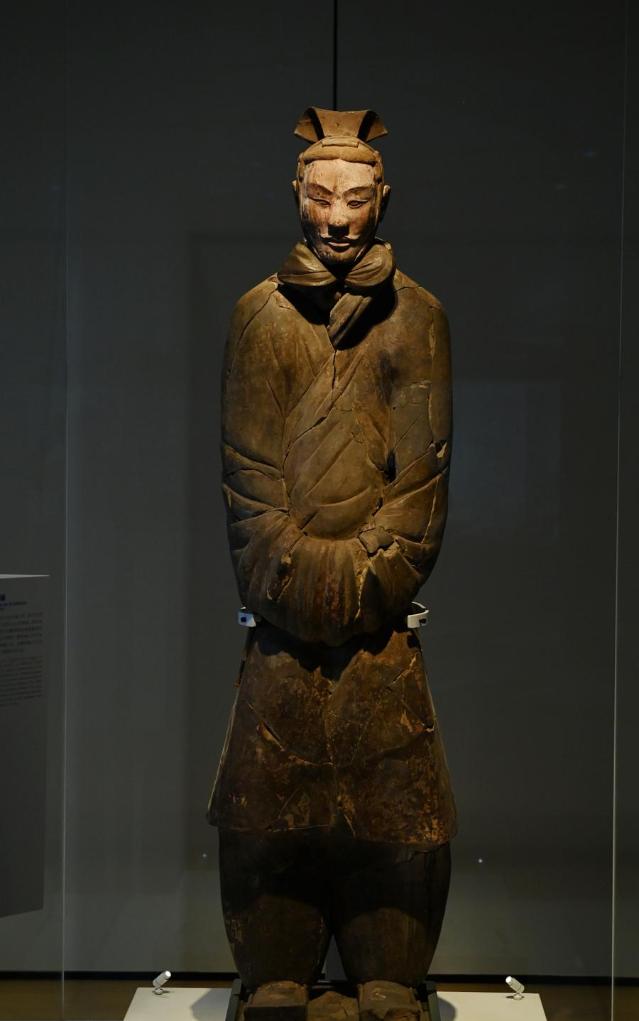
This terracotta warrior statue is on display at an exhibition commemorating the 50th anniversary of the discovery and excavation of Qin Shi Huang's terracotta army.
The exhibition features 230 artifacts in eight categories, many of which are being unveiled for the first time, providing information about the era of Qin Shi Huang - the first emperor to unify China during the Qin Dynasty (221 BC - 207 BC).
In 1974, local farmers accidentally discovered the Terracotta Army while digging a well, leading to one of China's most important archaeological discoveries. The Terracotta Army was listed as a UNESCO World Heritage Site in 1987.
About 2,000 life-sized terracotta warriors and many weapons have been excavated from three pits around the mausoleum of Qin Shi Huang, in an area of more than 20,000 square meters.
According to Xia Yin, director of the conservation department of the Qin Shi Huang Mausoleum Museum, during the initial excavation stage, changes in temperature, humidity, light and oxygen can easily lead to cracking, shrinkage and discoloration of artifacts after excavation.
"In recent years, Chinese and foreign researchers have been working together to understand how ancient craftsmen crafted, layered and painted works of art, and to find ways to protect extremely environmentally sensitive cultural relics," she said.
Through such efforts, the purple color on the sleeves of the Terracotta Warriors has been preserved, added the director of the conservation department of the Qin Shi Huang Mausoleum Museum.
The Mausoleum of Qin Shi Huang spans 56.25 square kilometers, with the main monuments surrounded or distributed outside the edges of rectangular walls around an area of 2.13 square kilometers. According to historical records, more than 700,000 workers worked for 38 years to build the mausoleum.
"The mausoleum is not only the burial place of Qin Shi Huang, but also the place where he demonstrated his power," said Li Gang, curator of the Qin Shi Huang Mausoleum Museum.




